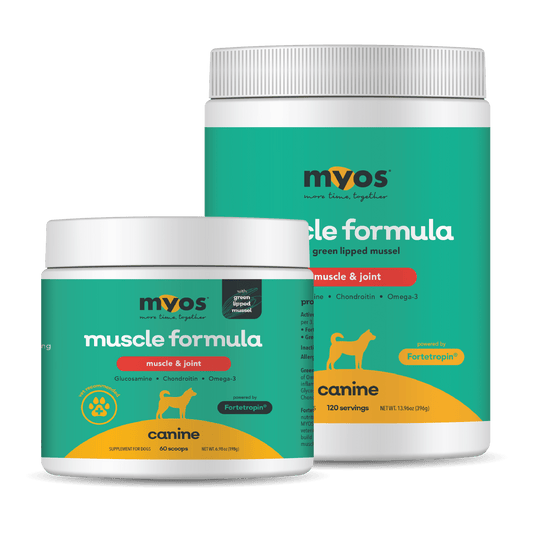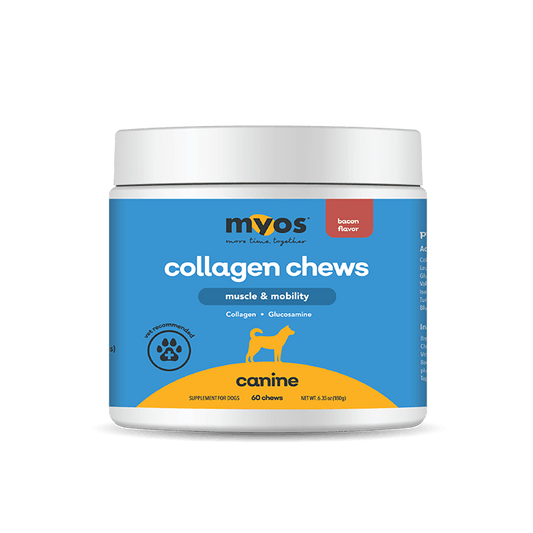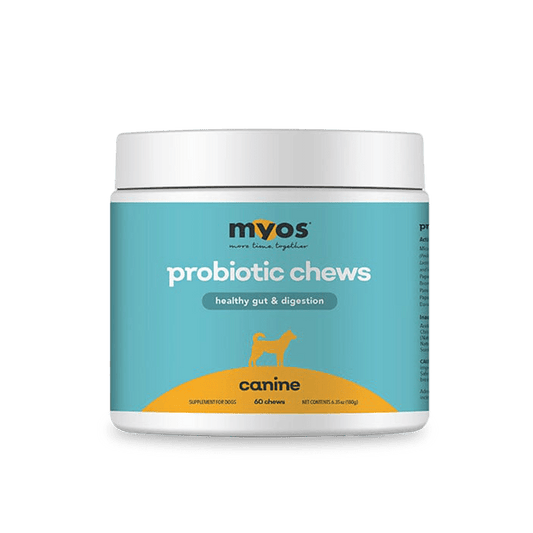There’s nothing quite like being greeted by a happy tail. Whether it's a full-body wiggle or a gentle sway, a dog’s wag is more than adorable—it’s communication in its purest form. And for pet parents, especially the devoted dog moms and dads out there, learning to understand this "tail-talk" creates a deeper bond with your furry best friend.
A Built-In Mood Decoder
Forget texting. Your dog’s tail is the original emoji. A high, fast wag? Pure excitement—maybe you just came home, or maybe you opened the treat jar. A slow, low wag? That could mean uncertainty or caution (yes, even your dog is suspicious of the vacuum). The full-body wag that starts at the tail and ends in a shimmying body? That’s the universal sign of canine joy.
Not Every Wag Means “Happy”
Despite what cartoons told us, not all tail wags mean your dog is thrilled. A stiff, quick wag paired with a tense body can signal stress or agitation. A loose, sweeping wag with soft ears? Now that’s a friendly hello. Once you learn your dog’s unique tail patterns, it’s like unlocking their personal language—one that says “I love you,” “I missed you,” and “That squirrel is definitely a threat.”
The Emotional Magic of a Wag
There’s something incredibly comforting about a soft, slow wag during a tough day. It’s your dog’s way of saying, “I’m here.” No judgment, no need for words—just presence and unconditional love. It’s those quiet tail taps against the floor that remind us how much dogs just get us.
More Than Muscle
At MYOS, we know a wagging tail is powered by more than love—it also takes strong muscles and mobility. That’s why supporting your dog’s muscle health as they age is key to keeping those tails wagging for years to come.
So the next time you hear that thump-thump-thump on the floor, pause and smile. Because sometimes, love really does come with a tail.





